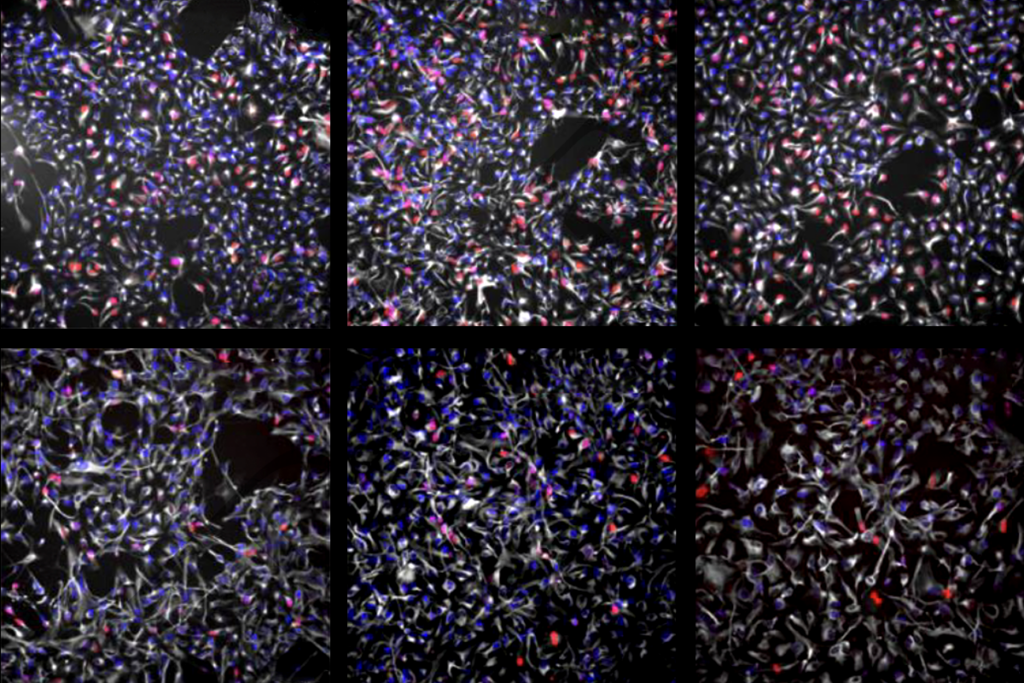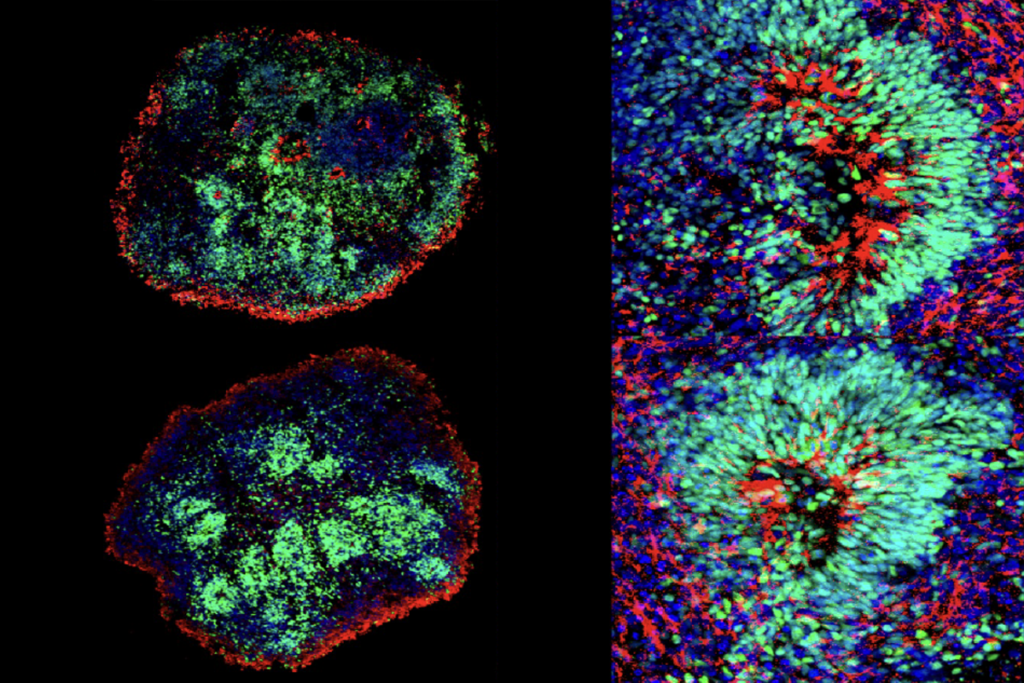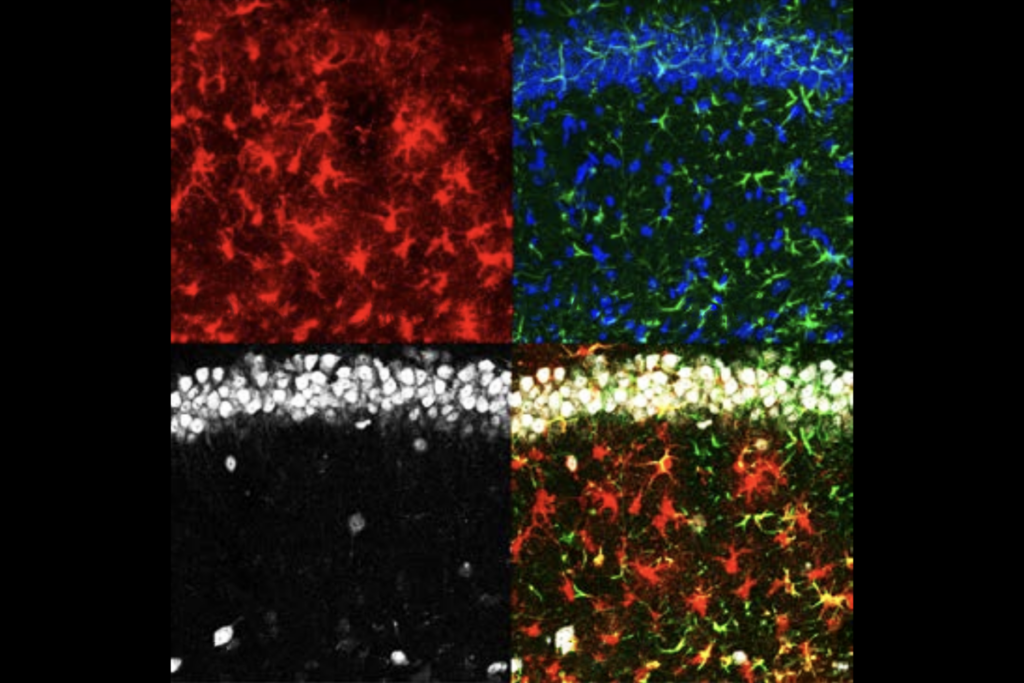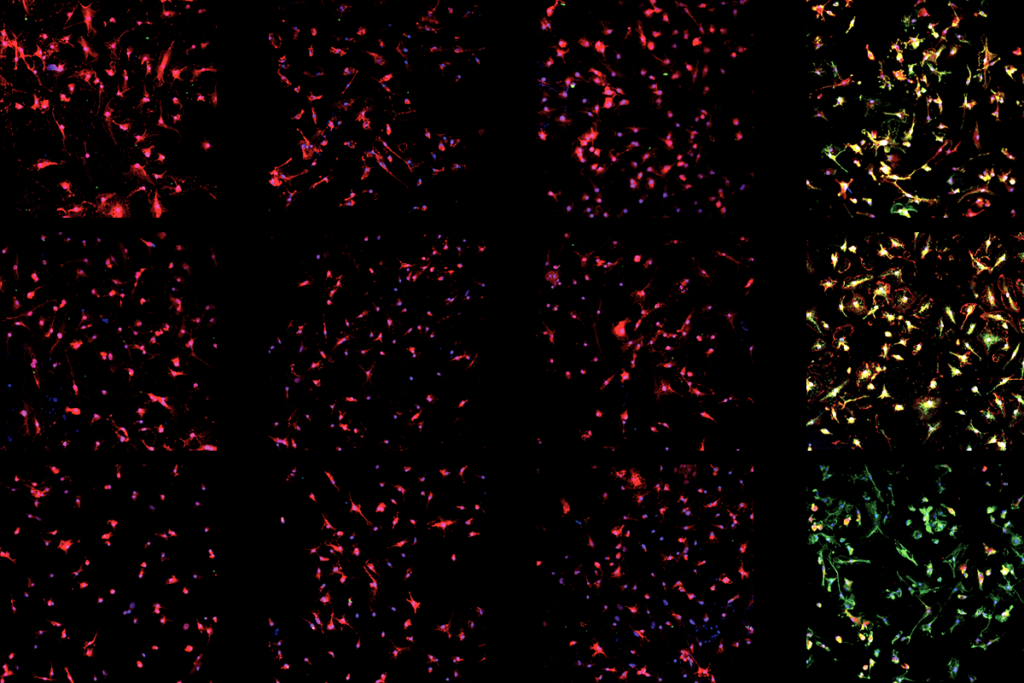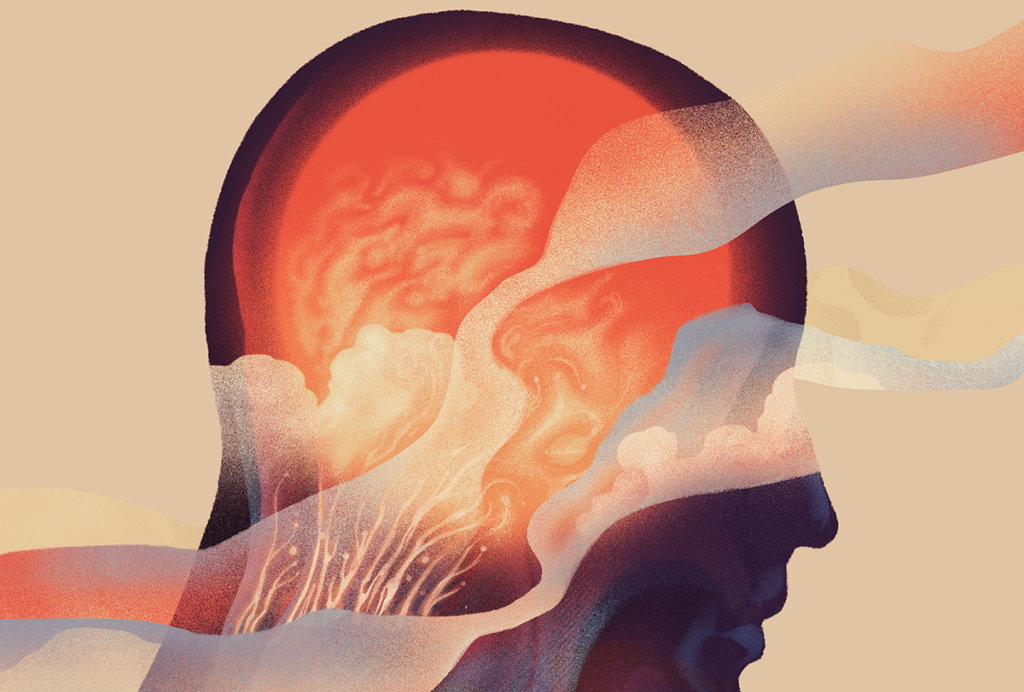- In autistic youth with co-occurring intellectual disability, higher anxiety levels are linked to repetitive behaviors, self-injury and unusual interests. Autism Research
- People with neurodevelopmental conditions related to variants of the gene PPP2R5D tend to have impaired cognition, motor skills and adaptive functioning. Clinical Genetics
- Mice with a heterozygous CHD8 deletion show a complex pattern of altered transcription during development, which affects neuronal growth, migration and signaling, according to a preprint. bioRxiv
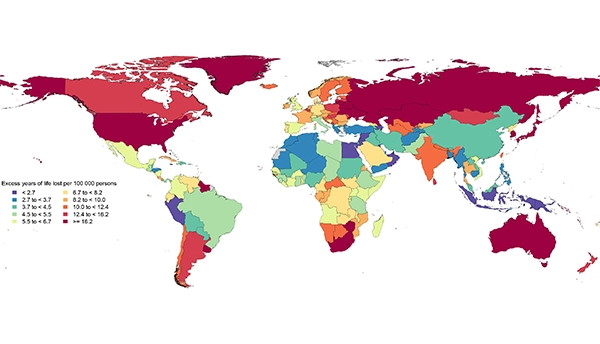 Global problem: An analysis of years of life lost to suicide among autistic people in 2021 shows disparities by country.
Global problem: An analysis of years of life lost to suicide among autistic people in 2021 shows disparities by country. - An intervention that bolsters social communication between caregivers and infants with an elevated likelihood of autism may improve gaze-following behavior in 15-month-olds who began the program at 9 months. Autism Research
- “As expression of LARP1 increases during neurodevelopment, with higher levels in neurons and astrocytes, we propose that LARP1 haploinsufficiency contributes to ASD or related NDDs through attenuated metabolic activity in the developing fetal brain.” HGG Advances
- Autistic people are three times more likely to die by suicide than are non-autistic people, and those deaths make up 2 percent of all suicide deaths globally. Psychiatry Research
- The U.S. National Institute of Child Health and Human Development has published a Request for Information to seek input on the scientific goals and opportunities to guide their strategic plan for 2025 to 2029. nih.gov
If you or someone you know is having suicidal thoughts, help is available. Here is a worldwide directory of resources and hotlines that you can call for support.
